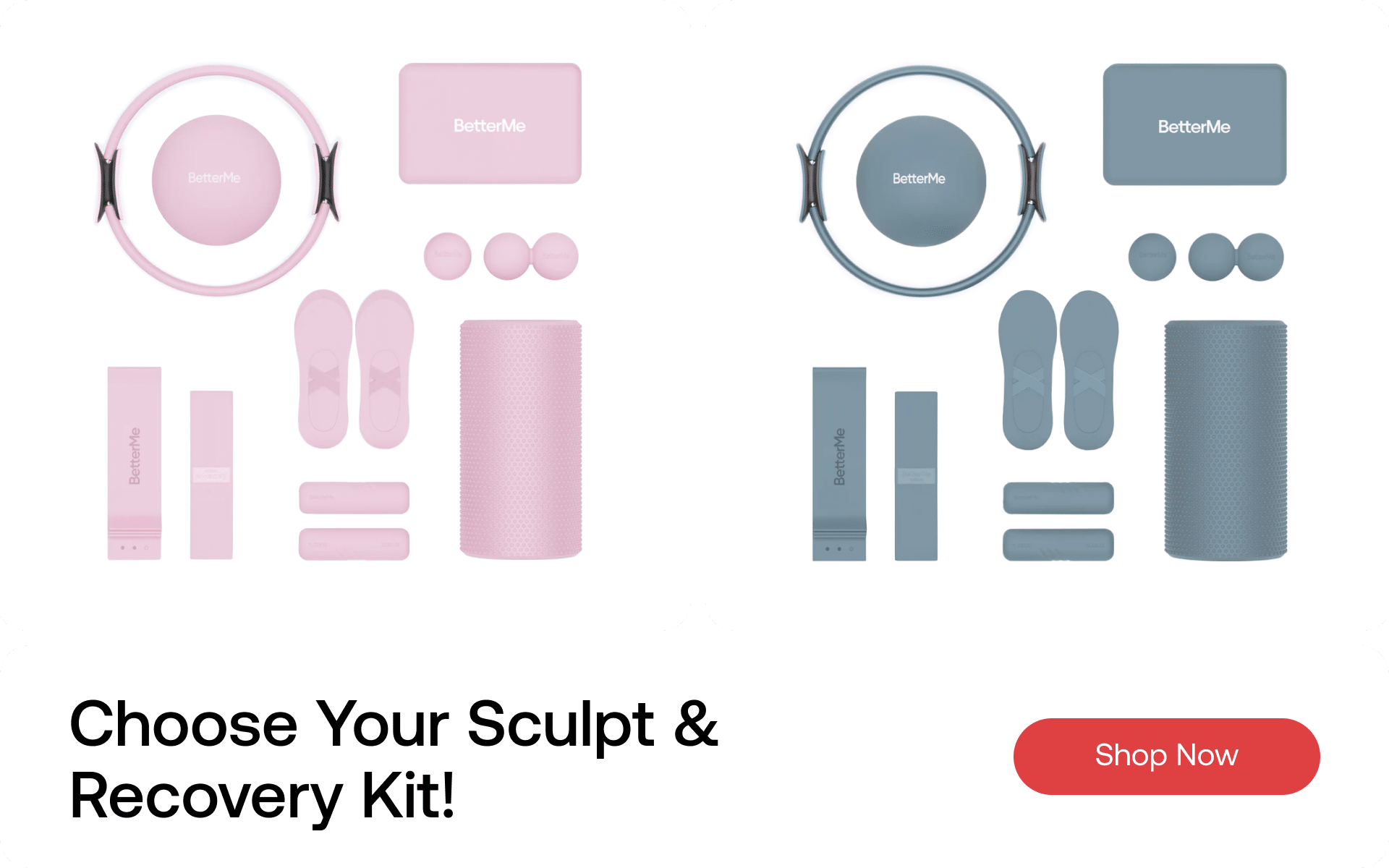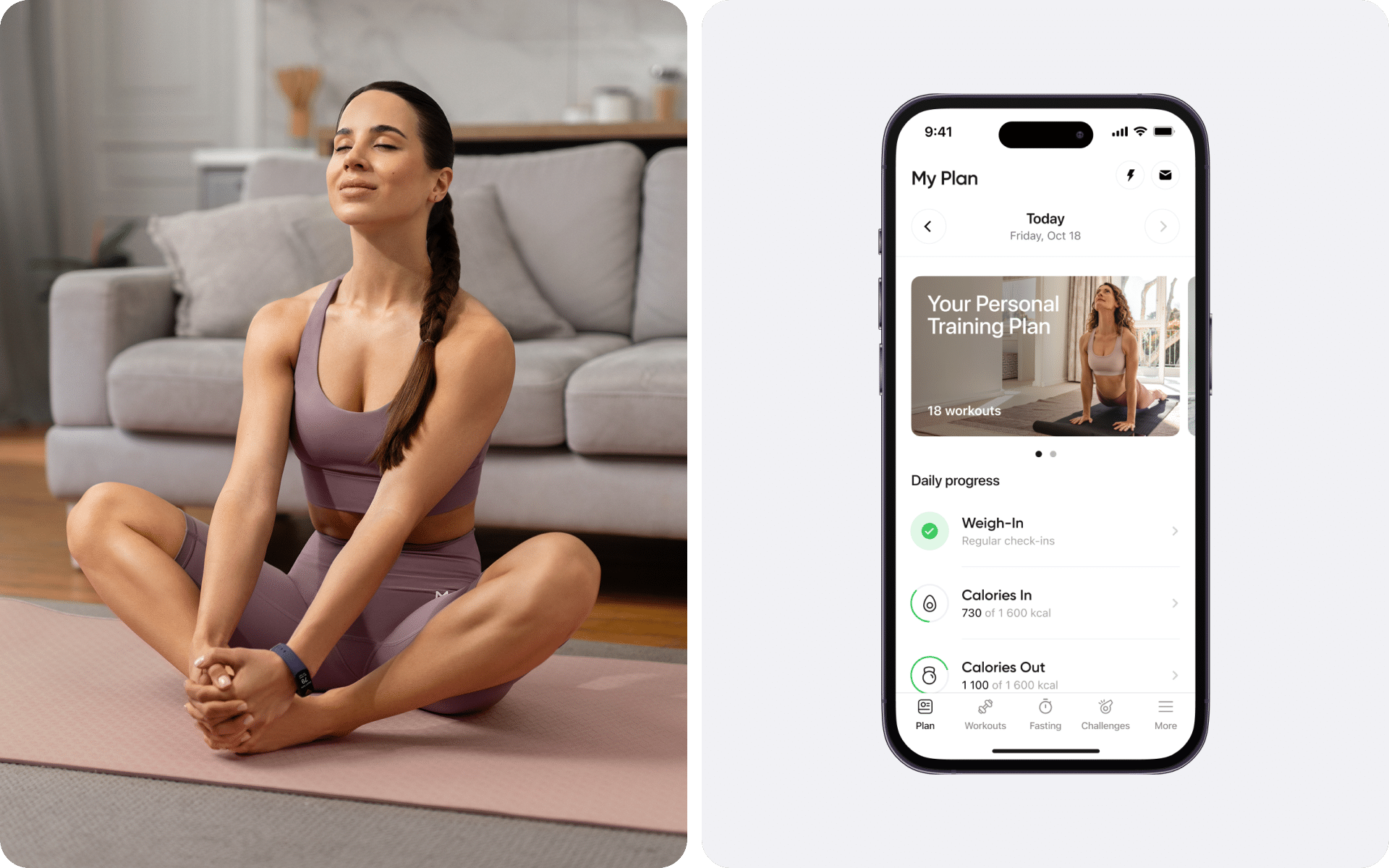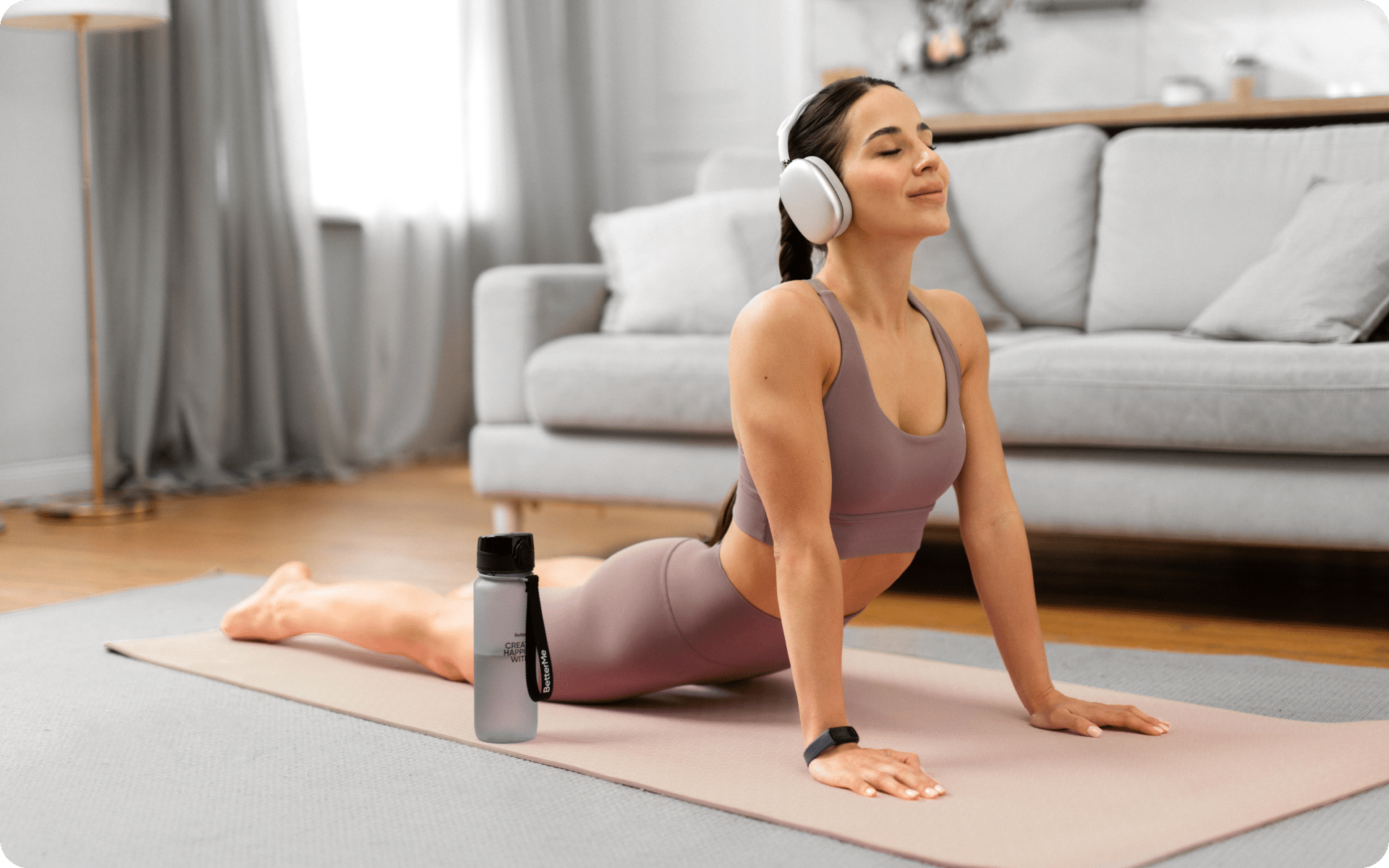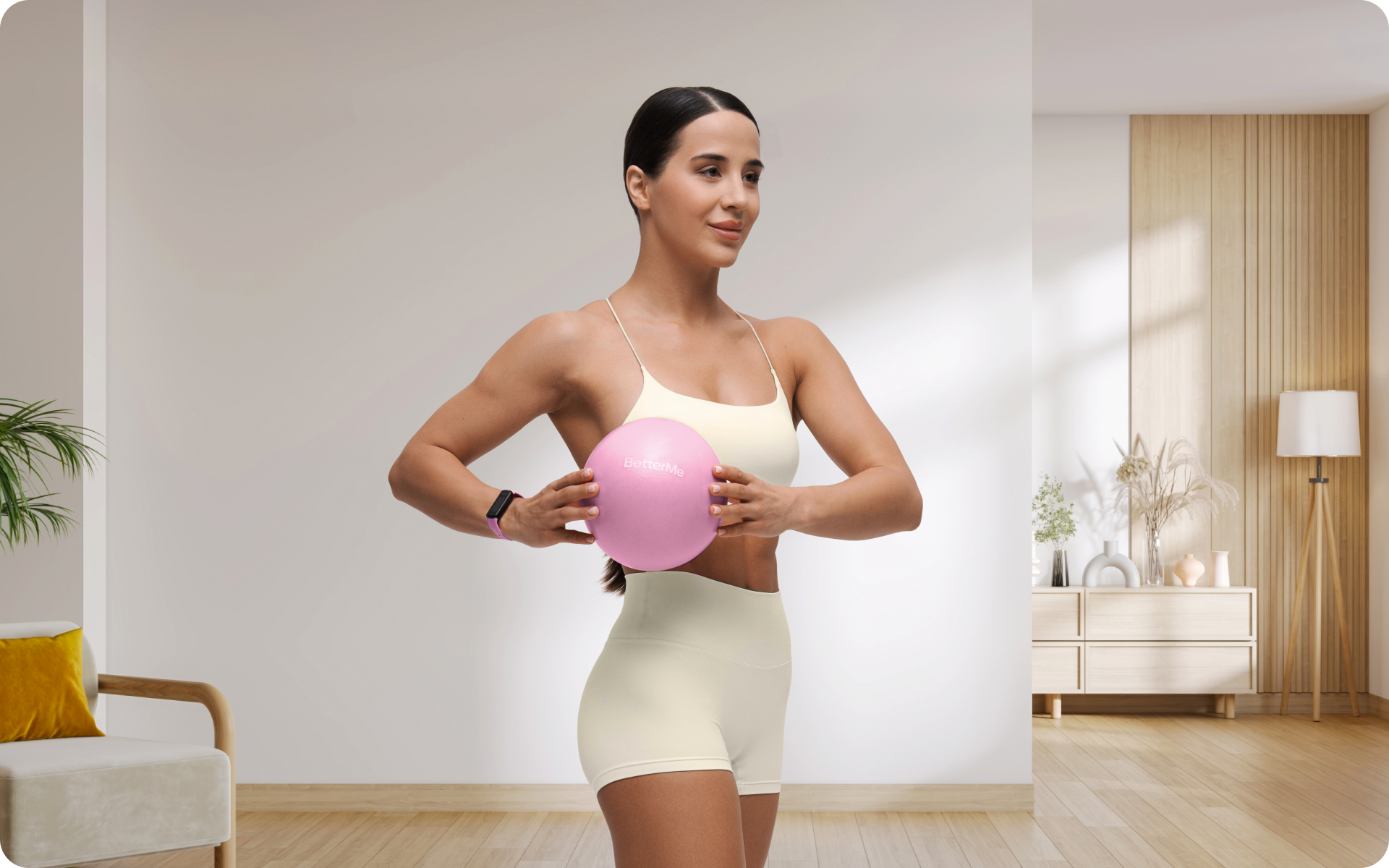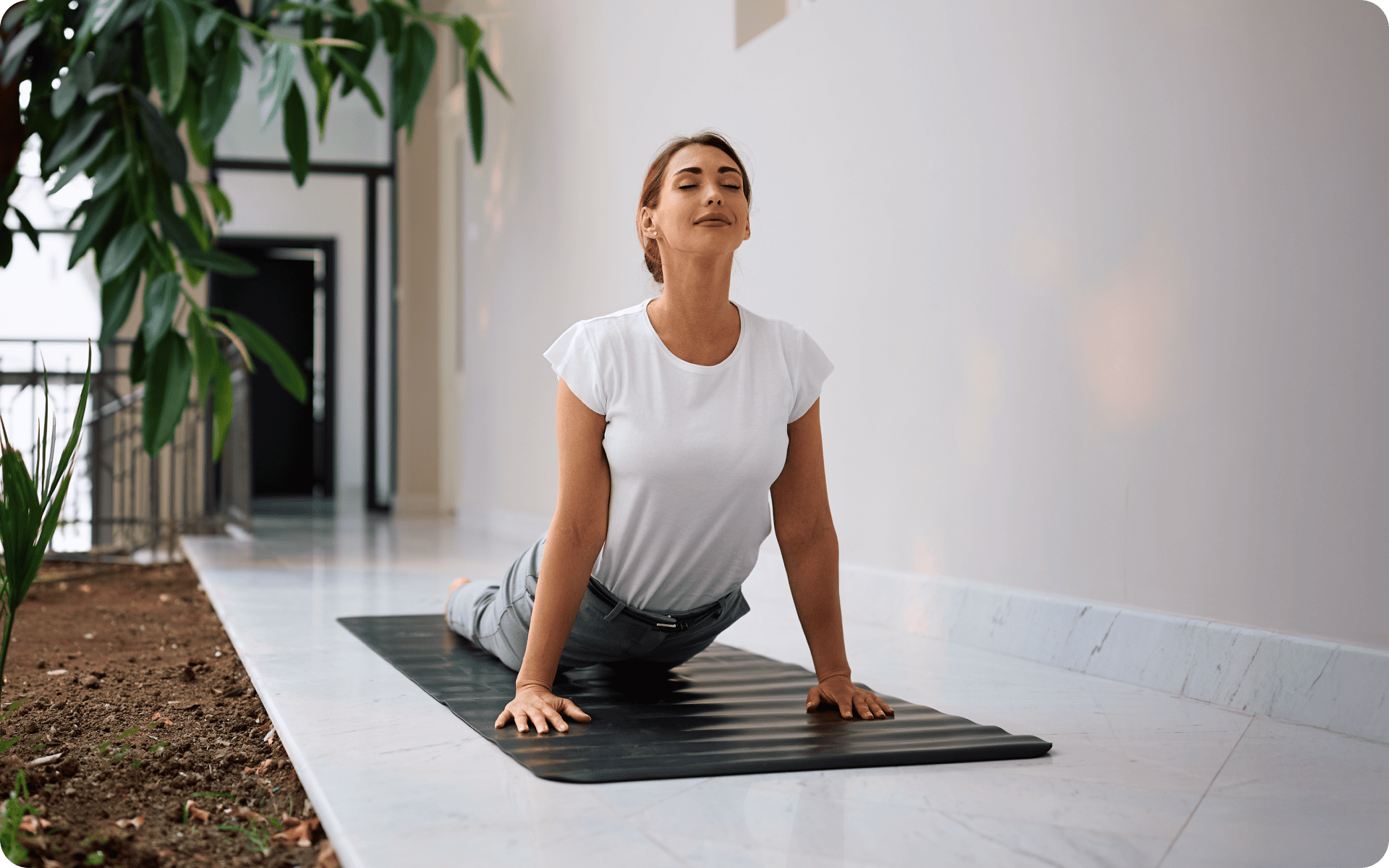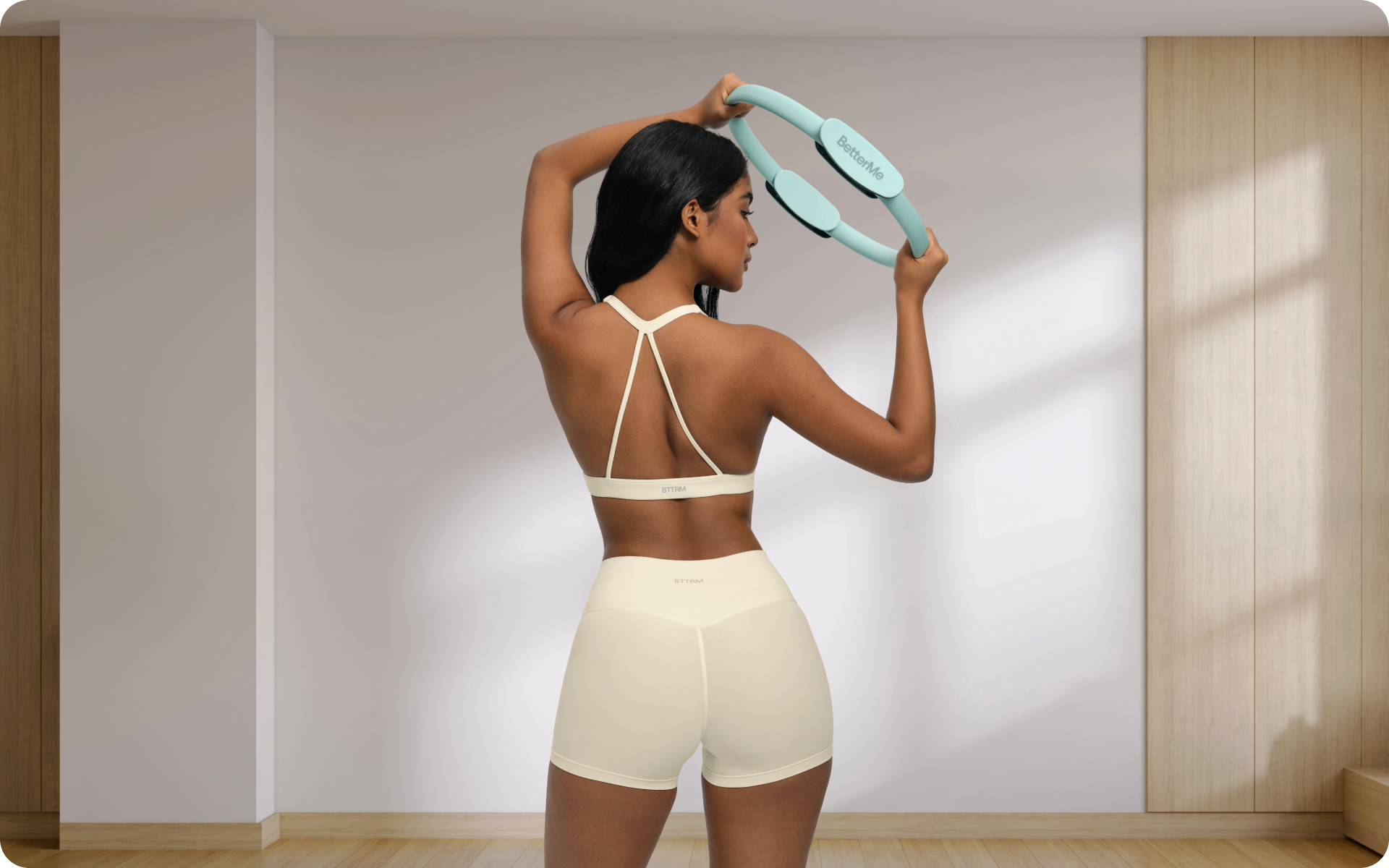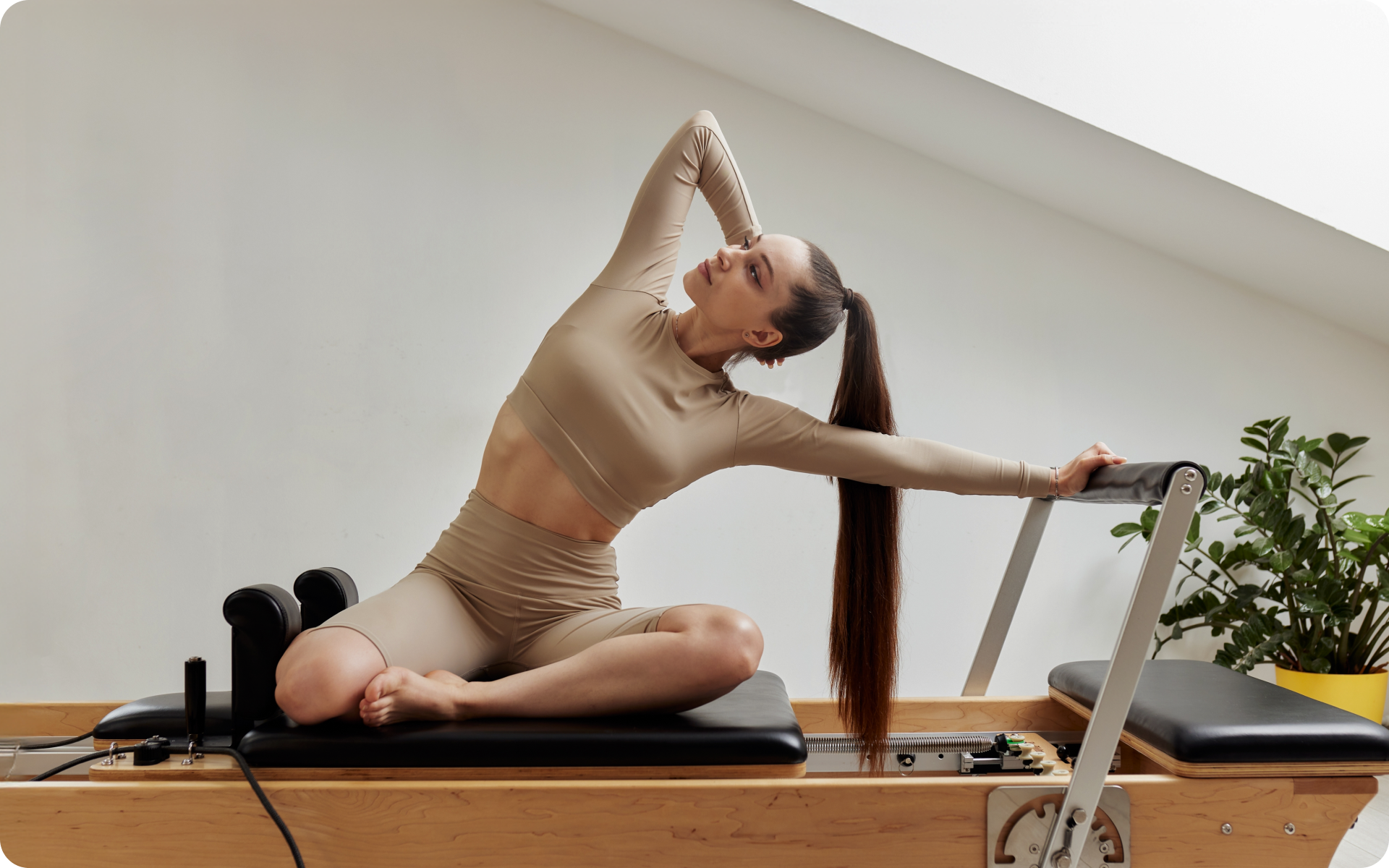Are you tired or getting bored of your workout? Are you tired of doing what everyone else is doing, a bit of cardio then strength-training? Why not try a new kind of exercise routine to spice up your gym life? Have you ever heard of pilates? Would you like to know everything there is to know about it? If so, in this article we are going to highlight pilates basics, who should try pilates, the benefits of pilates and so much more.
What Is Pilates?
Pilates is a form of low-impact exercise that aims to strengthen your muscles while improving your postural alignment and flexibility (3). Pilates was created by a German anatomist called Joseph Pilates hence the reason for the name. The exercise was invented in the early 20th century. Joseph believed that a person’s mental health and their physical health were closely connected and that is how he came up with this exercise routine (4).
Apart from pilates being a low-impact exercise, it is also a flexibility exercise. The various precise movements involved, together with all the stretching helps you become even more flexible. Pilates can also be referred to as a strength-training exercise as it helps you to build muscles and strength by using your own body as the resistance.
Pilates is a very versatile workout in that it can be done in gyms, studios or just at the comfort of a person’s house. There are videos all over the internet on how to do the workout and DVDs are easily accessible (We know, we sound like an octogenarian there saying DVDs as if there is anyone who still uses them). Another thing that makes it such a versatile workout is the fact that you can do the exercise with or without equipment as it all depends on what you prefer and what level you are at.
Pilates involves movements that are very slow, precise and involve controlled breathing. The nature of pilates is what makes most people confuse it with yoga even though they are quite different. Although pilates is known as full-body exercise that targets different body parts all across your body, it is mostly known for working your core. When we talk about the core we are referring to your lower back region, your hip area, your thighs – both inner and outer thighs and your abdominals.
A good reason why most people choose to do this workout is the fact that it is a very inclusive workout. Whether you are a man or a woman, old or young, healthy or recovering from an injury, you can benefit from pilates. What makes it a very inclusive exercise is its low-impact nature. The fact that it is a low-impact training session means that people don’t exert too much pressure on their body parts and this helps prevent injuries from occurring. Pilates gives you the opportunity to engage your muscles in a strong but gentle manner. The fact that it is a low-impact workout also makes it a good exercise for people who are easing themselves back into working out after suffering an injury.
Pilates is not one of those exercises that will leave you drenched in sweat because it is slow and about concentration and breathing.
If you’ve mustered up the courage to crush your weight loss goal, let Betterme take the sting out of this demanding process. Our app will help you restructure your habits, remold your life and crank up your fitness results!
Principles Of Pilates
The principles of pilates define what the exercise is truly about. The principles come from Joseph Pilates himself from his book, ‘Return to Life Through Contrology’. These principles help show the approach he took and the vision he had in mind while he was inventing pilates. As we mentioned earlier, Joseph Pilates believed that a person’s physical health and mental health are closely connected hence his principles focused on both the physical and mental health of people. The principles highlighted below help achieve balance, grace and fluidity. Here are the pilates basic principles:
Concentration
The first principle of this workout is concentration. As we all know, concentration is being aware. It is the process of focusing all your attention on something. In pilates, concentration helps promote the much needed connection between the mind and the body (2). As you focus and become mindful of the movements your body makes, you are able to receive optimum physical value for each motion you make and it also gives you the opportunity to become more aware of your body.
Centering
We know this is a word that you heard many times in meditation and yoga. Well, it also applies in pilates. During this workout, you should work to continuously make sure you put your focus to the center of your body (2). This principle suggests that as you focus on the center of your body, you are able to calm both your soul and your body. Joseph Pilates called the center of your torso ‘the powerhouse’ from which all the needed energy for this workout comes from.
Control
Control is defined as the power to influence people, objects and even yourself. Joseph calls for proper, safe and complete muscle control while doing pilates (2). When you are able to properly and completely control your muscles, you find yourself using the correct form needed for the various pilates movements and this makes you able to concentrate on all the body parts. Having control makes you able to move your body parts as you should.
Precision
As we mentioned earlier, pilates involves movements that are very precise. Precision means that quality, condition or fact of being accurate and exact and that is how the movements in pilates should be – exact and accurate. In regards to this principle, Pilates believed that doing one workout with deliberate exactitude is more important than completing many repetitions with a sloppy form (2). Just like any other exercise, doing the exercise in the correct form is important as it helps prevent injuries and helps a person get the most out of an exercise.
Breathing
As we mentioned earlier, pilates involves movements that are very slow, precise and it involves a lot of breath control. The kind of breathing involved in this workout helps to awaken your muscles and cells (2). Just like yoga, the breathing involved here is deep, controlled and diaphragmatic. Breathing is such an important aspect of pilates and that is why all those doing the exercise should learn how to breathe properly. They should learn when to inhale and exhale, when to take deep breaths and when to take shallow breaths and so on.
Alignment
The principle of alignment emphasizes having a good posture and being actively aware of where you place all your body parts while you do this workout (2). While doing pilates you need to make sure your head is placed correctly, your neck, your spine, your pelvis and you need to accompany all that with the correct breathing technique.
Flow
The movements in pilates flow from one movement to the other. The movements are gentle. While doing pilates, you should make sure that you have continuous, smooth and elegant movements as you transition from one pose to the other (2). This will help you gain the much needed strength and stamina.
Read more: Wall Pilates for Butt: A Quick Guide for Beginners
Integration
This principle advocates for bringing together all the mentioned principles above. When you unite all these principles, you are able to work so many groups of muscles simultaneously, your form is superb, your movements are exact and calculated, your breathing is up to par and this helps pilates achieve the mind and body connection it requires which is the reason it is a mind and body workout (2).
Those are the eight basic principles of pilates. Those principles help you better understand pilates and how to get the most out of each pilates workout.
How Pilates Work
Most people think pilates are expensive and so not so many people get to try them out. It is actually not as expensive as people think since you can do them at the house and all you need is a mat, the internet or a DVD and you are good to go. Most people prefer doing them at the gym or studio because doing them with other people is fun and the fact that the gyms and studios have instructors who lead the class well, it makes the exercise a little bit easier to follow. In this section, we shall take you through what a basic pilates looks like (5).
- The first thing to do is to arrive at the class. Once you arrive at the class, you need to pull out your gym mat and get prepared to do a series of movements. These movements are supposed to help you create a strong and stable core.
- The next thing to know is that pilates is not done randomly, there is an order to it. The exercises or movements are usually done in a specific order one after the other.
- Although the movements might seem easy, they require a lot of precision and control which are both principles we’ve spoken about and why they are important (5). You also need to know the breathing technique involved as breathing is just as important as being precise and in control.
- A pilates class can take somewhere between 45 minutes to 60 minutes. If you want to spend less time, you can do less moves and if you want to get the most out of it, you can do more moves and poses.
It is advisable to do pilates a few days a week. You should complement pilates with other exercises like cardio exercises and strength-training exercises to give your gym life a buzz and make it more efficient.
That is the basic idea of how pilates workouts are carried out.
Benefits of Doing Pilates
People usually exercise so that they can be healthy. Different types of exercises offer different benefits. The benefits that you are likely to get doing mountain climbers are likely not to be the same benefits you are going to get doing pilates and that is why people are always advised to incorporate different types of exercises into their workout routine. Here are the advantages of doing pilates:
Pilates is a full-body workout
This is a major advantage of the pilates. This workout is able to engage different muscles from different parts of the body all the way from your head to your legs (3). Pilates being a full-body workout means you get the most out of the workout since working the whole body will result in even improvements in muscle strength and endurance across the body. The fact that it is a full-body workout helps people who are usually busy to spend their gym time effectively. Let’s be honest, people who work from 8:00 am to 5:00 pm don’t have so many hours to spend in the gym, which is to say they want to make the most out of the little gym time they have and exercises like pilates makes this possible.
Reasons why BetterMe is a safe bet: a wide range of calorie-blasting workouts, finger-licking recipes, 24/7 support, challenges that’ll keep you on your best game, and that just scratches the surface! Start using our app and watch the magic happen.
Pilates can be done by anyone
Other different types of exercises require you to be at a certain fitness level but that is not the case when it comes to pilates. It does not matter whether you are young or old, a man or a woman, a regular gym goer or just a newbie, anyone can do pilates (4). If you choose to do this exercise at home, make sure you follow the instructions given by the instructor so as to get the most out of the exercise. For people who prefer working out in a group of people, this is the perfect exercise for them as classes are typically available.
Pilates help strengthen your core
This is the main area of focus in pilates. The movements involved as well as the poses involved help to make your core strong and stable (1). A strong core is as important as most of the movements you do originate from the core. Having a strong core makes those movements easier. Apart from movement, a strong core makes everyday activities easier. Activities like carrying a bag of groceries, bending down to put on your shoes, tying your shoes and so on (6).
For athletes, strong core muscles come with more endurance and this means athletes with strong cores have more stamina and don’t get tired quickly (6). A strong core also helps to prevent lower back pain. When your core muscles are strong it means all the muscles are in place, this is to say that you don’t exert too much pressure on your back since the muscles are strong enough to hold your upper body. Most people with back pains are also advised to do core exercises as it helps with the pain.
A strong core also enables a person to have balance and stability (6). A strong core enables your body to be stable even in places with uneven terrain and prevents you from falling. A strong core also helps with your posture. When your core muscles are weak, you find yourself slouching more hence ruining your posture.
Pilates helps improve your flexibility
In any sport that requires flexibility, you will find the athletes doing pilates. This is also true for dancing as one has to be flexible to dance some dances like ballet dancing. Pilates helps improve flexibility with all the movements combined with all the stretching. Pilates as an exercise is all about stretching and strengthening different body parts (1).
Pilates helps with posture
As we have mentioned above, having a strong core helps prevent slouching, making your posture better. That is not the only way that this exercise helps improve your posture. If you remember correctly, while we were talking about the principles of pilates, we mentioned something on alignment which emphasizes awareness of where your body parts are at all times and making sure they stay in the right place. When your body is aligned as it should be during pilates, it helps improve your posture significantly (1).
Pilates help build muscles and tone muscles
As we mentioned earlier, pilates are strength-training exercises that use your body as the resistance. This helps build muscles and increase strength which makes doing everyday tasks easier (1).
Read more: Pilates Full Body Workout for Beginners (No Equipment Needed)
The Bottom Line
In the reading, we have mentioned the pilates basics that everyone needs to know. Doing pilates comes with many benefits like building strength, having a good posture, having a strong core and much more as we have seen. The best part about pilates is that it is a low-impact exercise which means it can be done by all people unless you are specifically told not to do so by a health practitioner. Pilates looks to create the much needed connection between your physical health and your mental health and that is why they are a good exercise to try. The exercise can be done at home, in the gym or in the studios which makes it a very versatile exercise. Wherever you end up doing the exercise, make sure to follow the instructions of the instructor to the letter to get the most out of this workout.
DISCLAIMER:
This article is intended for general informational purposes only and does not serve to address individual circumstances. It is not a substitute for professional advice or help and should not be relied on for making any kind of decision-making. Any action taken as a direct or indirect result of the information in this article is entirely at your own risk and is your sole responsibility.
BetterMe, its content staff, and its medical advisors accept no responsibility for inaccuracies, errors, misstatements, inconsistencies, or omissions and specifically disclaim any liability, loss or risk, personal, professional or otherwise, which may be incurred as a consequence, directly or indirectly, of the use and/or application of any content.
You should always seek the advice of your physician or other qualified health provider with any questions you may have regarding a medical condition or your specific situation. Never disregard professional medical advice or delay seeking it because of BetterMe content. If you suspect or think you may have a medical emergency, call your doctor.
SOURCES:
- 7 Pilates Benefits You Don’t Want To Sleep On (2019, womenshealthmag.com)
- 8 PRINCIPLES OF PILATES (n.d., gaiam.com)
- 8 Things to Know Before You Take Pilates Classes (2021, self.com)
- A guide to pilates (2018, nhs.uk)
- Pilates (2021, webmd.com)
- The real-world benefits of strengthening your core (2012, health.harvard.edu)




